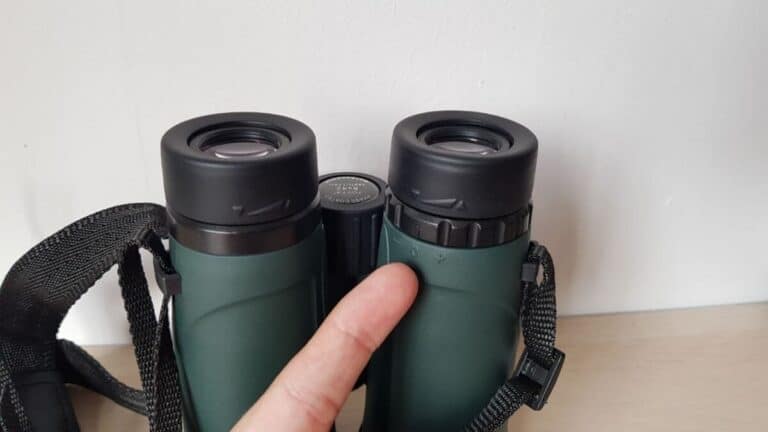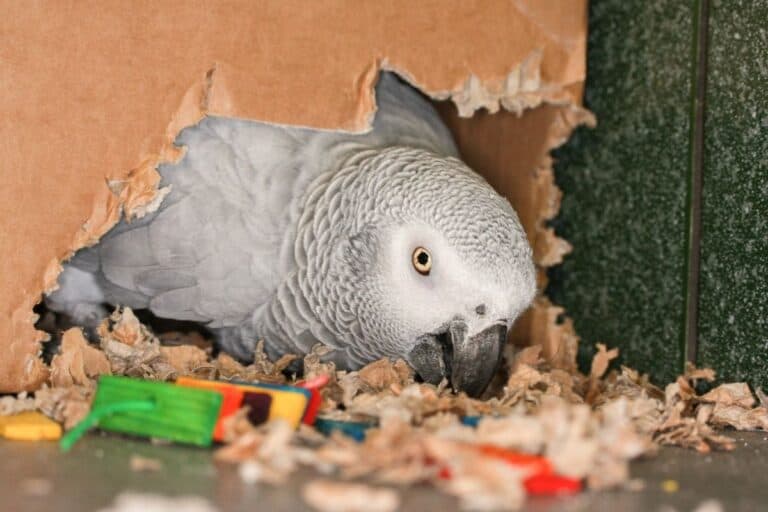Why Do Birds Eat Stones? (THIS Answer Will SURPRISE You!)
We’re reader-supported; we may earn a commission from links in this article.
There’s a high chance that may have seen a curious case of a bird picking up a stone and eating it. I did too!! And so, I thought to myself: “Why do birds eat stones?” To curb my curiosity, I did some deep research online and found a SURPRISING answer. Here’s what I found:
Birds eat stones to form gastroliths that grind against food when they contract their gizzards. The grinding action of gastroliths aid in the digestion of fibrous food in birds. When the gastroliths begin to smoothen over time, birds eat new stones to replace the older ones.
Interesting isn’t it?! Birds simply don’t have the same digesting mechanisms as us, humans. There’s actually a lot of science behind why birds eat stones and how they work. Read on to find out more!
Why Do Birds Eat Stones?
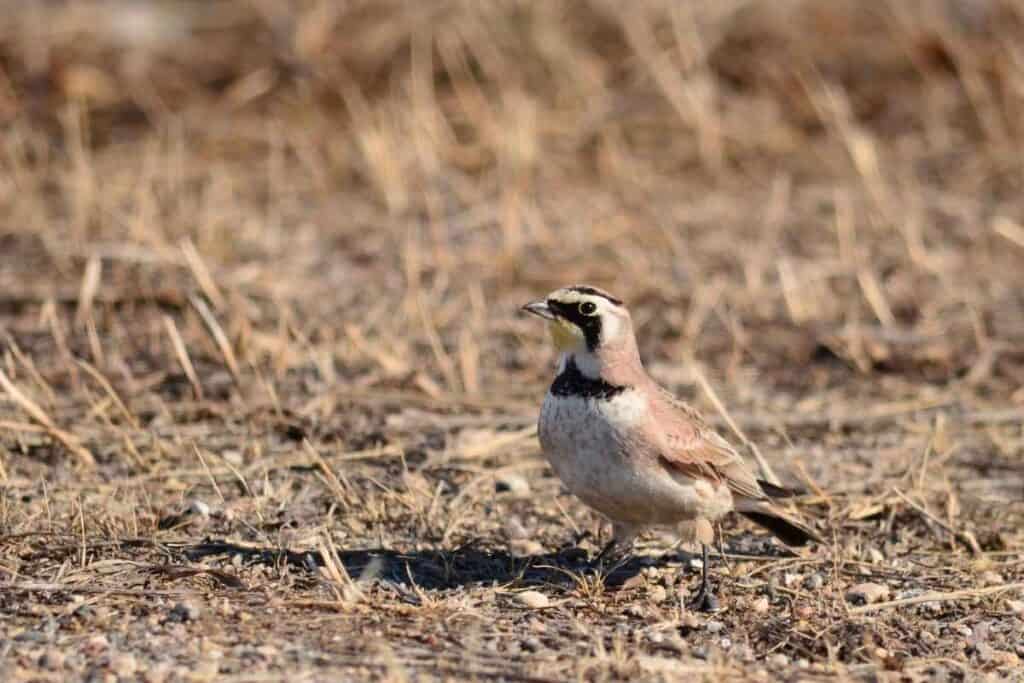
I know what you’re thinking: Nope, birds definitely don’t eat stones to enjoy stone soup like in the stone soup story you heard when you are younger! We’re talking about birds gobbling small rocks for some mysterious reason!
You may have seen a bird mysteriously swallowing pebbles like this:
I was looking at the above video and was generally concerned for the poor falcon. Then after some research, I realized it was nothing to worry about! They do it for a reason! Here’s what I learned:
Birds eat stones to form a gastrolith in a portion of their stomachs: their gizzard. Birds do not have teeth but instead, use these gastroliths to grind against food when their gizzard contracts. Over time, the gastroliths begin to smoothen and are replaced by vomiting and swallowing new ones.
You may also want to check out this video with a brief explanation, showing how and why birds eat stones!
Without further ado, I’ll cover the topic in deep detail in 3 parts:
1. The Gizzard
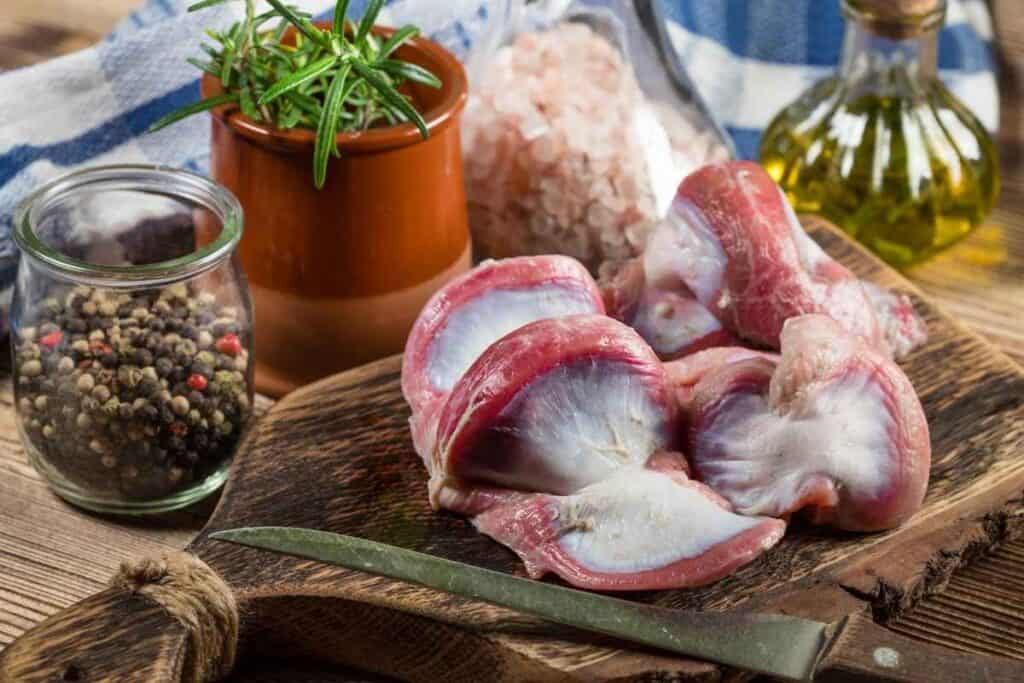
In order to understand why birds eat stones, you first have to understand that birds do not have the same digestive system as humans! In fact, they are very different.
Here’s my story with gizzards:
I learned about gizzards the hard way when I accidentally ordered fried chicken gizzards at a food stall. It was not the taste that I expected… It tasted really dirty and gritty – definitely, a delicacy that I don’t enjoy! Turns out it was a portion of a bird’s stomach I never knew of!
The gizzard is a specialized organ of the digestive system similar to a stomach that some animals have. These animals include many extinct animals, dinosaurs, earthworms, fish, crustaceans, and of course, BIRDS! It has highly muscular walls to help grind food inside of it, with the help of gastroliths. The gizzard is also responsible for the regulation of feed from the bird’s crop.
Source: The gizzard: function, influence of diet structure and effects on nutrient availability [1]
Check out the article above if you’re biologically trained! If not, no worries, watch this video below for a clear explanation:
2. The Gastrolith
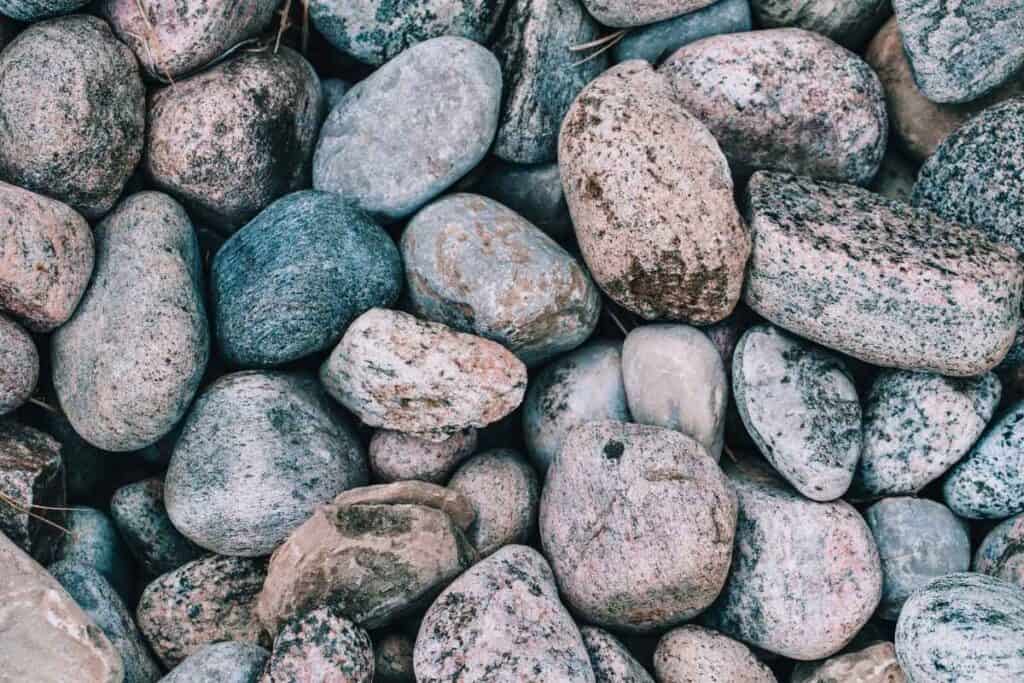
Okay, now you know what’s a gizzard. But what’s a gastrolith?
A gastrolith is a rock or stone that birds and some other animals swallow to aid in the grinding action of their food material in their gizzards.
‘Gastro-‘ is a prefix used for anything related to the stomach, and ‘-lith’ originates from Greek, meaning stone. All birds have gizzards but not all birds have gastroliths. Gastroliths are also known as grits stones, stomach stones, or gizzard stones.
Even birds that do not have fibrous food diets have been shown to have gastroliths in their gizzards. However, not all birds have gastroliths.
When scientists surveyed 90 American bird species, they found that 1440 gastroliths were found in their gizzards which took up 69% of sampled birds. [2]
In other studies, experts have found that all the gizzards of ring-necked pheasants had gastroliths.
The median number of stones was recorded at 88, and its average diameter was 2.3mm (0.09 inches). [2] Other scientists found up to 100 gastroliths in Norwegian willow ptarmigans!! [3]
3. Why Do Birds Need Gastroliths In Their Gizzards?
Now I know what you’re thinking: Why do birds need gastroliths and gizzards? The answer is simple: Birds need the grinding action of gastroliths and gizzards because they do not have teeth to do so (Unlike us humans!).
Birds will swallow their food whole, then leave it up to the intense grinding action of their gizzard + gastroliths + grit stones to do all the hard work!
Do All Birds Eat Stones?
Now you may be wondering: do all birds eat stones? Here’s a summarized answer:
Not all birds eat stones. Birds with less fibrous diets do not swallow gastroliths in their gizzards but just need small bits of grit and gravel to grind their food. In a survey by scientists, only 69% of 90 American bird species have gastroliths in their gizzards. [2]
Here’s a video explanation of a crow eating stones:
What Birds Eat Stones?
Most birds eat stones. Examples of birds that eat stones include chickens, crows, penguins, turkeys, ducks, parrots, and emus. However, some birds don’t eat stones because they do not require gastroliths to aid in their digestion of less fibrous food materials.
Why Do Birds Eat Small Pieces Of Stones?
Birds eat small pieces of stones grind food that they consume. These small stones are known as gastroliths are stored in gizzards that aid in the grinding and break up of food for digestion in birds. Birds that swallow small pieces of stones are likely to have a less fibrous diet than birds that do not.
Does The Human Body Have Gizzards?
The human body does not have gizzards. However, humans have teeth to perform the same grinding action that gizzards perform. The pulverizing action of teeth on human food sources is sufficient, and as a result, humans do not need gizzards.
Why Don’t Humans Have Gizzards?
Humans don’t have gizzards because we have teeth to perform the same grinding action that gizzards perform to break down their food sources. The pulverizing action of teeth on human food sources is sufficient, and as a result, humans do not need gizzards.
Final Thoughts
Wow, that’s been quite a sciency article! I still do hope you have learned a thing or two about the science behind why birds sometimes swallow stones, pebbles, or rocks! Birds do it for digestion’s sake. I hope you enjoyed reading this article and thanks for reading. Happy birding!
References
- B. Svihus (2011) The gizzard: function, influence of diet structure and effects on nutrient availability, World’s Poultry Science Journal, 67:2, 207-224, DOI: 10.1017/S0043933911000249
- Gionfriddo, J., & Best, L. (1996). Grit-Use Patterns in North American Birds: The Influence of Diet, Body Size, and Gender. The Wilson Bulletin,108(4), 685-696. Retrieved July 16, 2021, from http://www.jstor.org/stable/4163749
- Norris E, Norris C, Steen JB. Regulation and grinding ability of grit in the gizzard of Norwegian willow ptarmigan (Lagopus lagopus). Poult Sci. 1975 Nov;54(6):1839-43. doi: 10.3382/ps.0541839. PMID: 1228713.
My Recommended Birding Resources:
Hey there, Justin here!
Here’s a list of all my favorite resources, products, and brands I trust and love.
My Celestron Nature DX 8×42 Binoculars: It’s a great budget pair for beginner birders. Highly valued for its price! Read my review.
Safe Paint for Bird Baths Guide: Learn about non-toxic paint for painting bird baths.
Safe Sealers for Bird Baths Guide: Learn which sealers are safe for bird baths.
Safe Paint for Bird Feeders Guide: Learn what special care needs to be taken to paint bird feeders with the right paint.
Safe Paint for Birdhouses Guide: Learn about non-toxic paint for painting birdhouses. (Not the same as bird baths!)
Bird Identification Apps Guide: 2 of my favorite birding apps are Merlin Bird ID, and eBird Mobile! Merlin is great for tracking and identifying birds, and eBird Mobile is great for tracking the birds sighted when birding.
Check out my resources page for the full list of resources I recommend!

Justin Chia
Justin is the founder and author of Birding Outdoors. He is a Nanyang Technological University (NTU) alumnus with a Bachelor of Biological Sciences and a former data analyst.
Now, Justin runs the Birding Outdoors blog full-time, hoping to share his deep love for birds, birding, and nature with others.
To unwind, Justin enjoys gaming and reading.

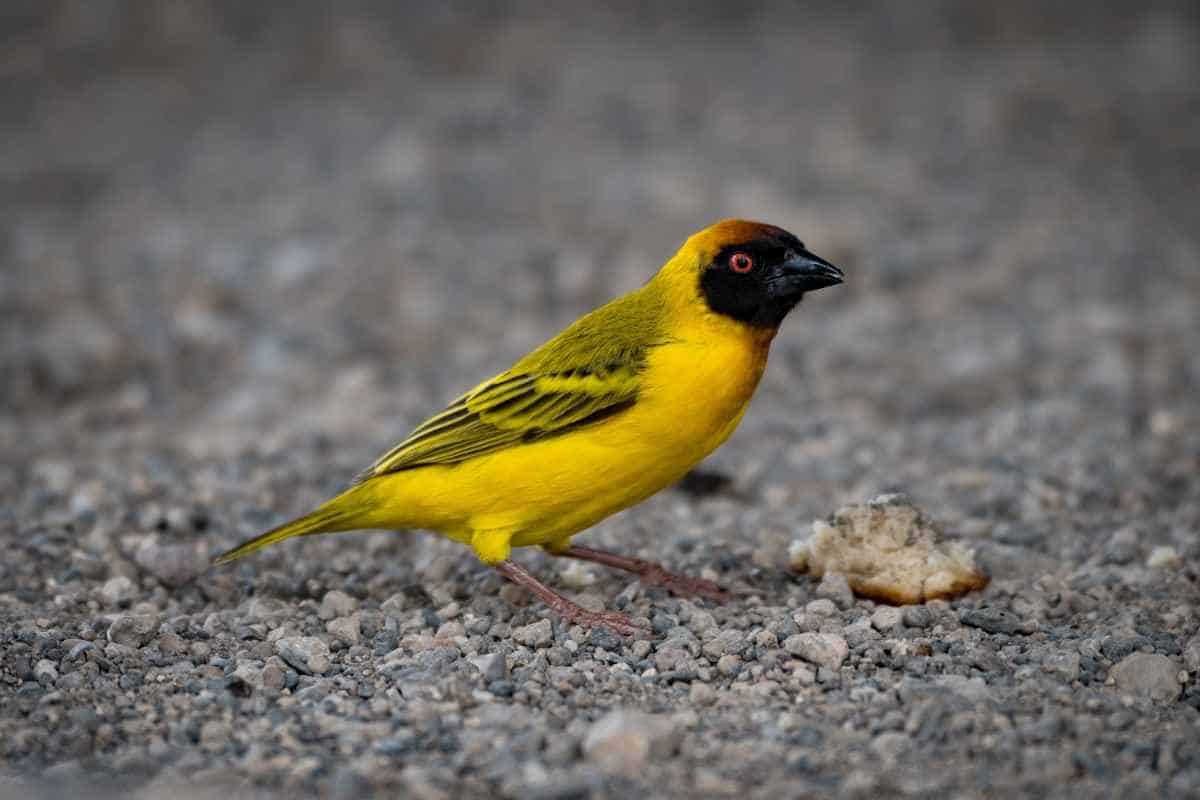
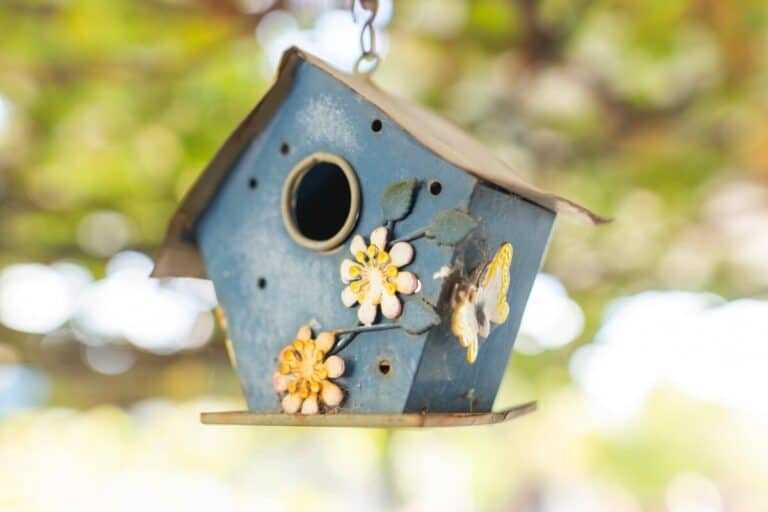
![How Deep Should A Bird Bath Be? [ANSWERED! + FAQs]](https://birdingoutdoors.com/wp-content/uploads/2021/10/bird-bath-deep-5-768x512.jpg)

